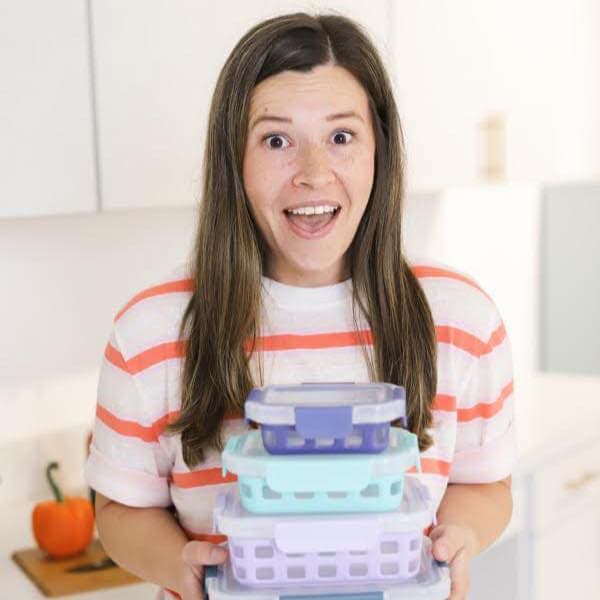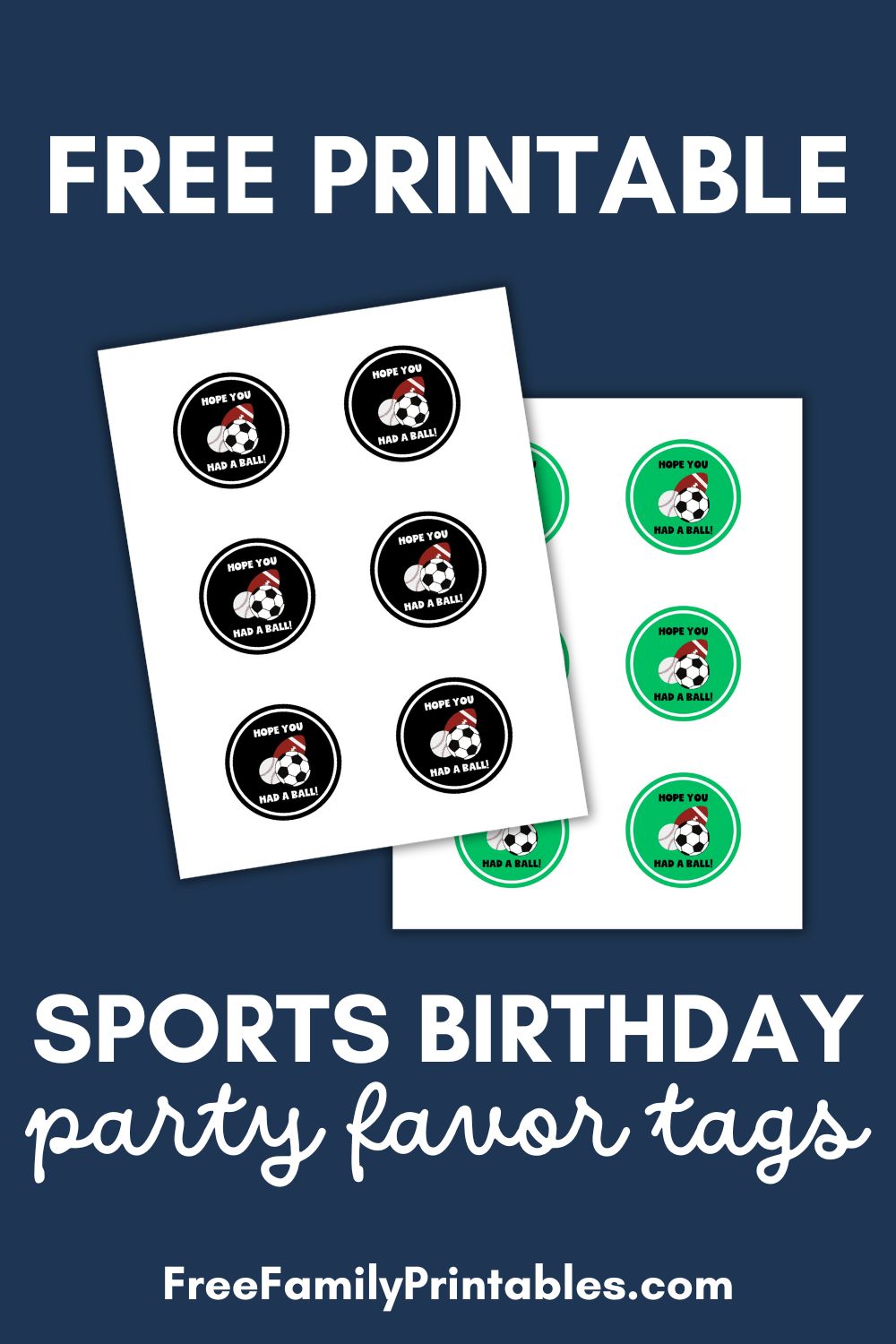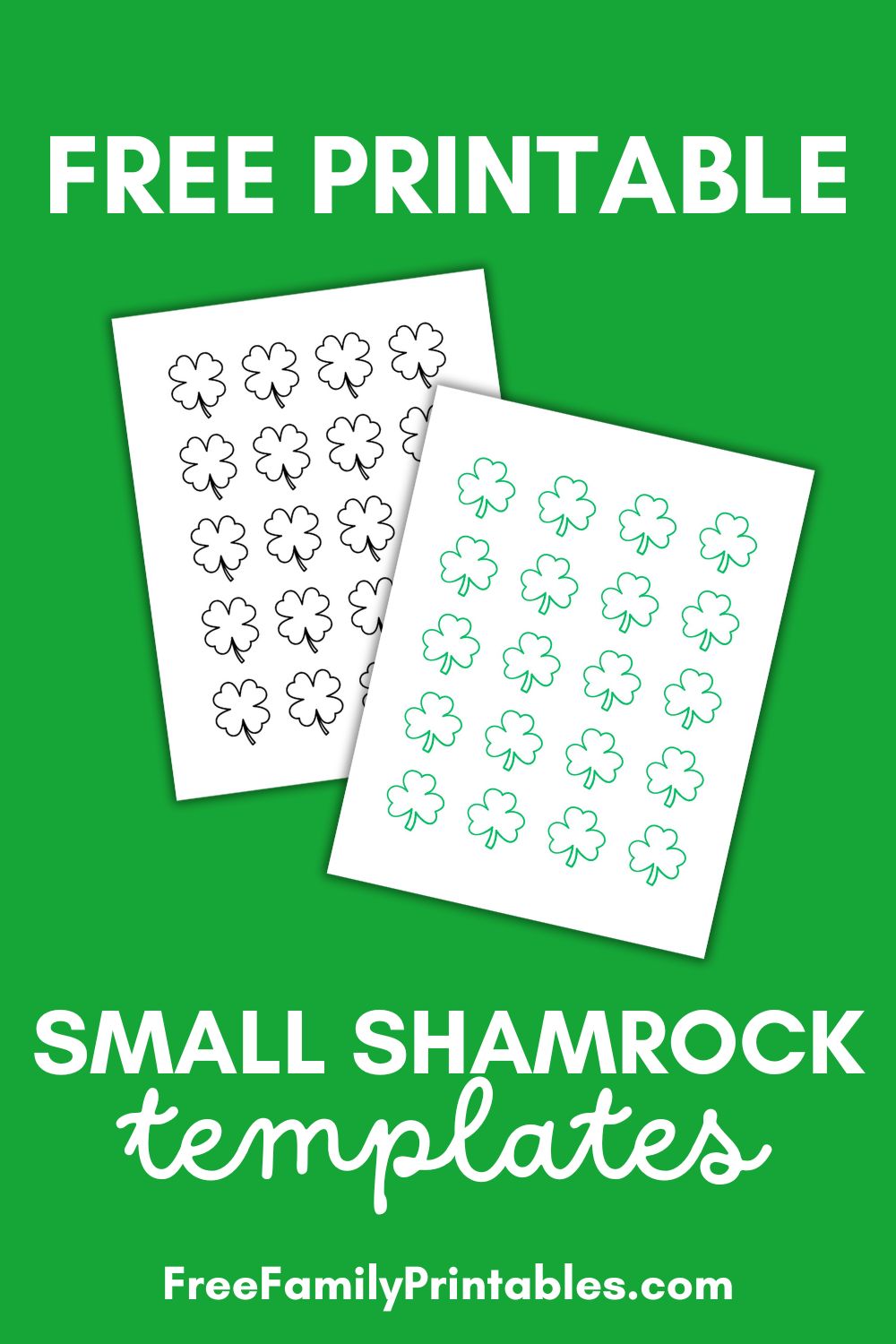Spring is here and that means it’s time to start planning and planting those gardens. Now if you’ve never had a garden before you may be wondering how to start a garden or maybe even WHY you should have a garden, right?
Welcome to the Gardening for Beginners series, where everything you need to garden on a budget is going to be covered and tons of helpful information on gardening too!
Why Should You Start a Garden?
- Cost-Effective (aka it’s cheaper) – you may have noticed that prices vary in stores on select produce. When you grow your own you don’t have to worry about that and you KNOW your veggies are ripe and not going bad.
- Preparedness – In a worst-case scenario if stores or closed and there’s no way to get fresh vegetables, you have your own!
- Trades – If you start a garden but can’t seem to grow something you really need you can pair up with other gardeners who grow things and establish trades (which saves you money too)
- Stress Relief – Many people who garden find it as a way to de-stress when they go work in the garden.
Check out: How to Save Money by Growing Your Own Food
Is Starting a Garden Expensive?
No, starting a small garden is recommended for beginners. This way you won’t become overwhelmed and give up. Starting a smaller garden allows for minimal supplies needed. You can check your local dollar store for some great items that will be useful (they even sell seeds now too!)
Here are some basics you may need (depending on what you’re going to grow)
- Gardening Tools (a shovel, gloves, etc)
- Seeds of choice (make sure you pick something you’ll actually eat)
- Patch of land (or pot) that will give your seeds room to grow
- Watering Can (or you can use your regular hose)
- Mulch/Soil (Mulch is beneficial for keeping weeds out and soil is needed to add nutrients to the ground or pot, think Miracle-Gro type)
If you are a seasoned gardener then you can plan for larger areas which will require more tools.

Find Your Grow Zone
Another key part of gardening is finding your grow zone. You may have noticed on the back of seed packets there’s usually a bunch of information on areas and zones. This is important information on when you should plant your seeds. Also, when deciding on a planting area make sure you follow the seed packet for how much sun exposure the seeds will need in order to actually grow.
Make sure you don’t plant your seeds too early, if you plant them in a frost they won’t grow!
Planting Your Seeds
Once you’ve found the ideal spot for your seeds, dig holes for your seeds. Make sure they are deep enough that the seed won’t float right back out once you water it and not too deep that it won’t get any exposure. If you are planting rows then make sure you have enough room to walk in between the rows without stepping on possible sprouts.
Check Your Garden
Once you’ve planted your garden and are eagerly waiting for those sprouts there’s going to be a routine you develop. You will need to do a few key things to ensure growth in your garden.
- Check for weeds – these will take water away from your plants
- Water the plants/seeds -DO NOT over water them though or they will die, check your seed packet for how much water is needed and on what basis.
- Pruning – much like weeding, pruning is done to get rid of dead leaves or buds that are just sitting there.
Here’s a sneak peak of more to come in this How to Start a Vegetable Garden series:
- Types of Gardens
- Small Area Garden Solutions
- The Best Frugal Vegetables to Grow
- Best Gardening Tools to Use

Leave a Reply






Yay for backyard gardens!!!
Author
Yessss!! I’m doing it this year!!
As I grew older and weaker I started experimenting on how to garden without using a tractor or tiller.. I created a bag garden and wow! I grow and share more vegetables than before in less space and oh so much less work. Now I’m teaching my friend to do one. Corn,beans,okra,squash, watermelon and salad veggies. Tomatoes in pots I wish I had figured out this years ago!
Buying bags of garden soil and put X like holes in one side, then turn the bag over and make an X cut and plant the starter plants or seeds. I use one bag per vegetable now except salads I mix different kinds. I lay the bags in rows or in and around other beds but never fails. I get bushels of the easiest and best tasting veggies I ever did. Hardly any work a half the care and water of a pot. I put cucumbers and squash in but add a tomato cage so the climb up. End of season I cut bag and dump the soil in a compost pile and trash the bag. I’m old but can keep gardening! Yay! Wish I knew how to post a pic but I love this!